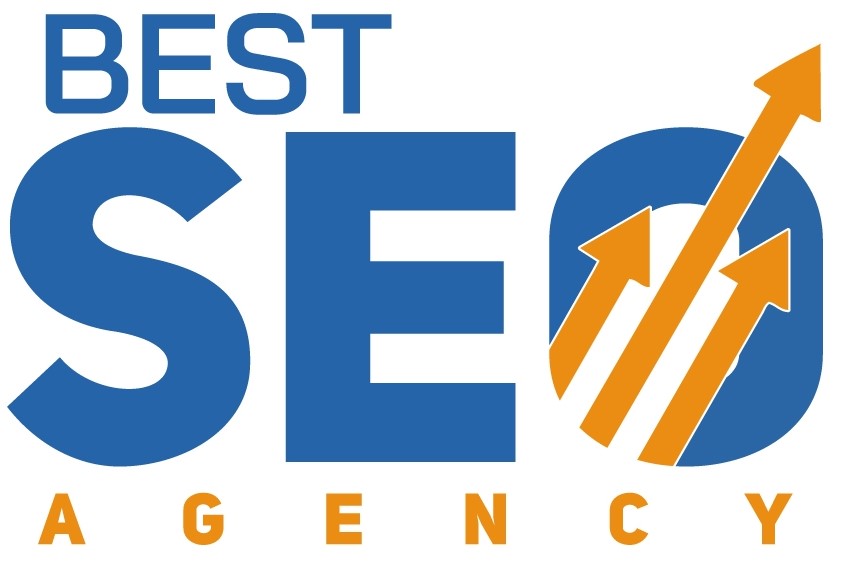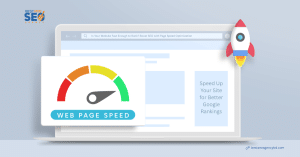
Looking for real, organic growth—no ads required? Start by optimizing your page speed. Faster load times mean happier users, lower bounce rates, better conversions, and improved search rankings.
1. Why Page Speed Is Critical
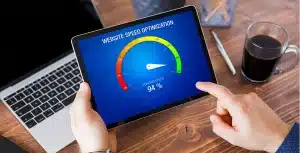
- A 3-second delay in loading increases bounce rates by 32%, while each extra second in load time drops conversion by about 2%.
- Companies like Vodafone saw an 8% boost in sales after improving their Core Web Vitals, and Yelp increased conversions by 15% by optimizing FCP.
- Google treats page speed as a ranking factor—since 2010 and intensified with updates in 2018 and the rollout of Core Web Vitals.
2. How Leading SEO Blogs Structure Page Speed Articles
SEO authority blogs follow a consistent, effective structure:
- Definition & Core Web Vitals (TTFB, LCP, FCP, CLS).
- Business Impact—tie speed to bounce, UX, rankings, conversions.
- Recommended Tools—PageSpeed Insights, Lighthouse, GTmetrix, WebPageTest.
- Tactical Fixes—image compression, minification, caching, CDN
- Case Studies & Stats—real-world improvements from brands like Vodafone and Walmart.
- Ongoing Monitoring—track Core Web Vitals regularly.
3. 8 Tactical Page Speed & SEO Tips
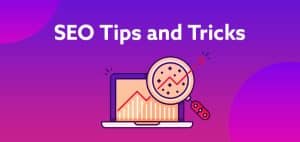
4. Continuous Monitoring = Lasting Success
Page speed optimization isn’t a one-time task. New content, plugins, or layout changes can slow your site. Schedule regular audits using PageSpeed Insights and Lighthouse to keep your Core Web Vitals in check.
Final Thoughts
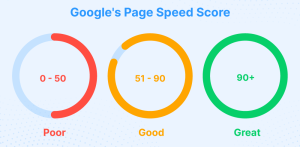
Fast-loading pages offer a triple win: happier visitors, higher conversions, and better SEO rankings. That’s why every top SEO blog emphasizes Page Speed as one of the most critical technical SEO pillars.
💬 Ready for a Page-Speed Audit?
Let’s work together to improve your load times, boost rankings, and delight your users. Contact us for a full Technical SEO Audit & Page Speed Optimization.
